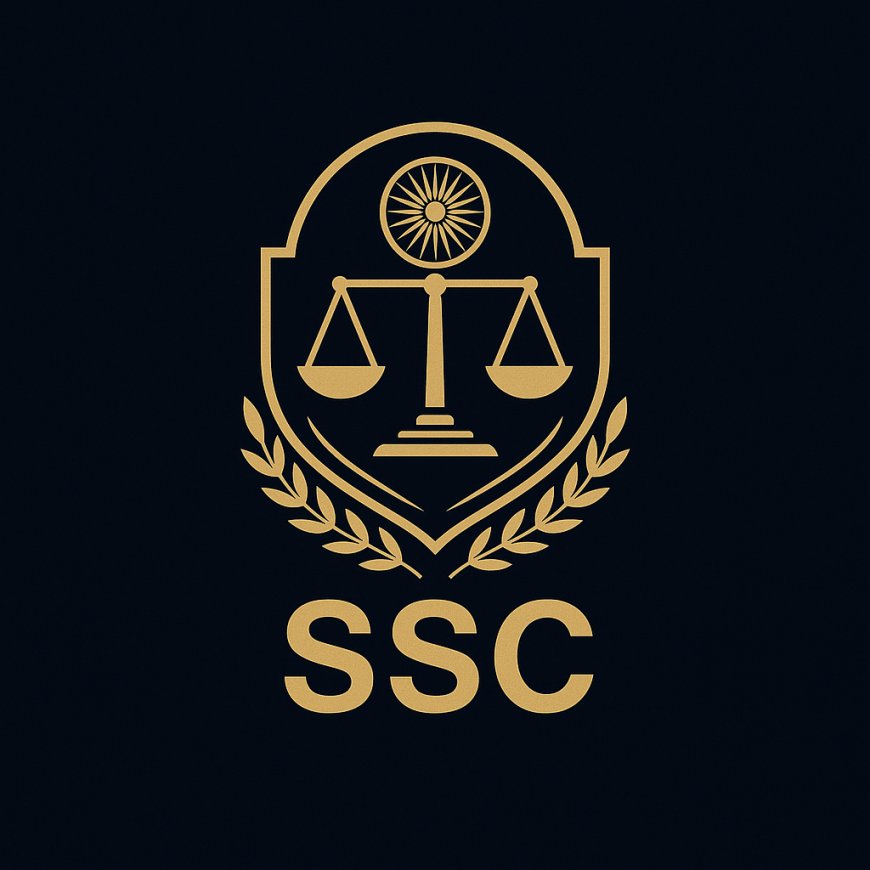Systems of units
मात्रकों की पद्धतियां
systems of units
भौतिक राशियों के मापन के लिए जो मात्रक काम में लेते है उनके निर्धारण के लिए जिन पद्धतियों को काम में लिया जाता है उन्हें मात्रक की पद्धति कहते है ।
The methods used to determine the units used for measuring physical quantities are called systems of units.
भौतिक राशियों को मापने और समझने में स्पष्टता और से बचने के लिए इकाईयों का उपयोग महतवपूर्ण है ।
The use of units is important for clarity and to avoid confusion in measuring and understanding physical quantities.
1.CGS पद्धति-
CGS पद्धति की खोज जर्मन गणितज्ञ कार्ल फ्रेंडरिक गॉस ने 1832 में की थी 1881 में इस पद्धति को बनाया गया कार्ल फ्रेंडरिक गॉस द्वारा इसकी खोज किए जाने के पश्चात् क्लार्क मैक्सवेल और विलियम थॉमसन ने इस प्रणाली को विकसित करने में महत्वपूर्ण भूमिका निभाई।
CGS System- CGS system was discovered by German mathematician Carl Friedrich Gauss in 1832. This system was created in 1881. After its discovery by Carl Friedrich Gauss, Clark Maxwell and William Thomson played an important role in developing this system.
यह पद्धति (सेंटीमीटर- ग्राम- सेंकेंड ) इसमें लम्बाई की इकाई सेंटीमीटर (CM) द्रव्यमान की इकाई ( g) और समय की इकाई (S) होती है यह मैट्रिक प्रणाली का ही रूप है।
This system (centimeter-gram-second) in which the unit of length is centimeter (CM), the unit of mass is (g) and the unit of time is (S) is a form of the metric system.
2. FPS पद्धति –
इस पद्धति की खोज किसी एक वैज्ञानिक द्वारा नहीं की गई बल्कि इसे ब्रिटेन के अंग्रेज विज्ञानिकों द्वारा विकसित किया गया ।
FPS method – This method was not discovered by any single scientist but it was developed by British scientists of Britain.
इस पद्धति में लम्बाई की इकाई फुट, द्रव्यमान की इकाई पाउंड, और समय की इकाई सेकेंड होती है (फुट - पाउंड- सेकेंड)
In this system, the unit of length is the foot, the unit of mass is the pound, and the unit of time is the second (foot – pound – second).
3. MKS पद्धति- इस पद्धति की खोज इतावली वैज्ञानिक जियोवानी जिर्योगी ने 1901 में की थी जिर्योगी की इसी पद्धति को बाद में एसआई पद्धति का आधार बनाया गया ।
MKS system- This system was discovered by Italian scientist Giovanni Giorgi in 1901. This system of Giorgi was later made the basis of SI system.
मैट्रिक प्रणाली इकाई एक और रूप है जो लम्बाई के लिए मीटर (M) द्रव्यमान के लिए किलोग्राम, (Kg) और समय के लिए सेंकेंड (s) का उपयोग करती है (मीटर- किलोग्राम- सेकेंण्ड )
The metric system is another form of unit that uses the meter (m) for length, the kilogram (kg) for mass, and the second (s) for time (meter-kilogram-second).
4. SI पद्धति- इस पद्धति की खोज किसी एक वैज्ञानिक द्वारा नहीं की गई बल्कि इसे 1960 में वजन और माप पर 11वें सामान्य सम्मेलन (CGPM) में लागू किया गया ।
SI System – This system was not invented by any single scientist but it was implemented in 1960 in the 11th General Conference on Weights and Measures (CGPM).
यह अंतर्राष्ट्रीय मात्रक प्रणाली है यह मैट्रिक प्रणाली का आधुनिक और सर्वव्याप्त रूप है
It is the international system of units. It is the modern and most widely used version of the metric system.
यह मूलत: एक दशमलव प्रणाली पर आधारित है इसमें 7 मूल मात्रक होते है ।
It is basically based on a decimal system and has 7 basic units.
1. ज्योति तीव्रता के लिए कैडेला (Cd)
Cadela for luminous intensity (Cd)
2. पदार्थ की मात्रा के लिए मोल (mol)
Mole for amount of substance
3. लंबाई के लिए मीटर (m)
Mole for amount of substance
4. द्रव्यमान के लिए किलोग्राम (kg)
kilogram for mass (kg)
5. समय के लिए सेकेंण्ड (s)
Seconds for time (s)
6. विद्युतधारा के लिए एम्पियर (A)
Ampere for current (A)
7. ऊष्मा गतिकी तापमान के लिए कैल्विन (k)
Kelvin (K) for thermodynamic temperature
एसआई प्रणाली 1960 में मीटर - किलोग्राम- सेकेंड (MKS) प्रणाली से विकसित हुई एक ही भौतिक राशि के विभिन्न मात्रकों के बीच एक निश्चित सरल अनुपात: होता है जेसे 1 मीटर = 100 सेंटीमीटर
The SI system evolved from the metre–kilogram–second (MKS) system in 1960. The units of the same physical quantity have a fixed simple ratio between them: 1 metre = 100 centimetres




